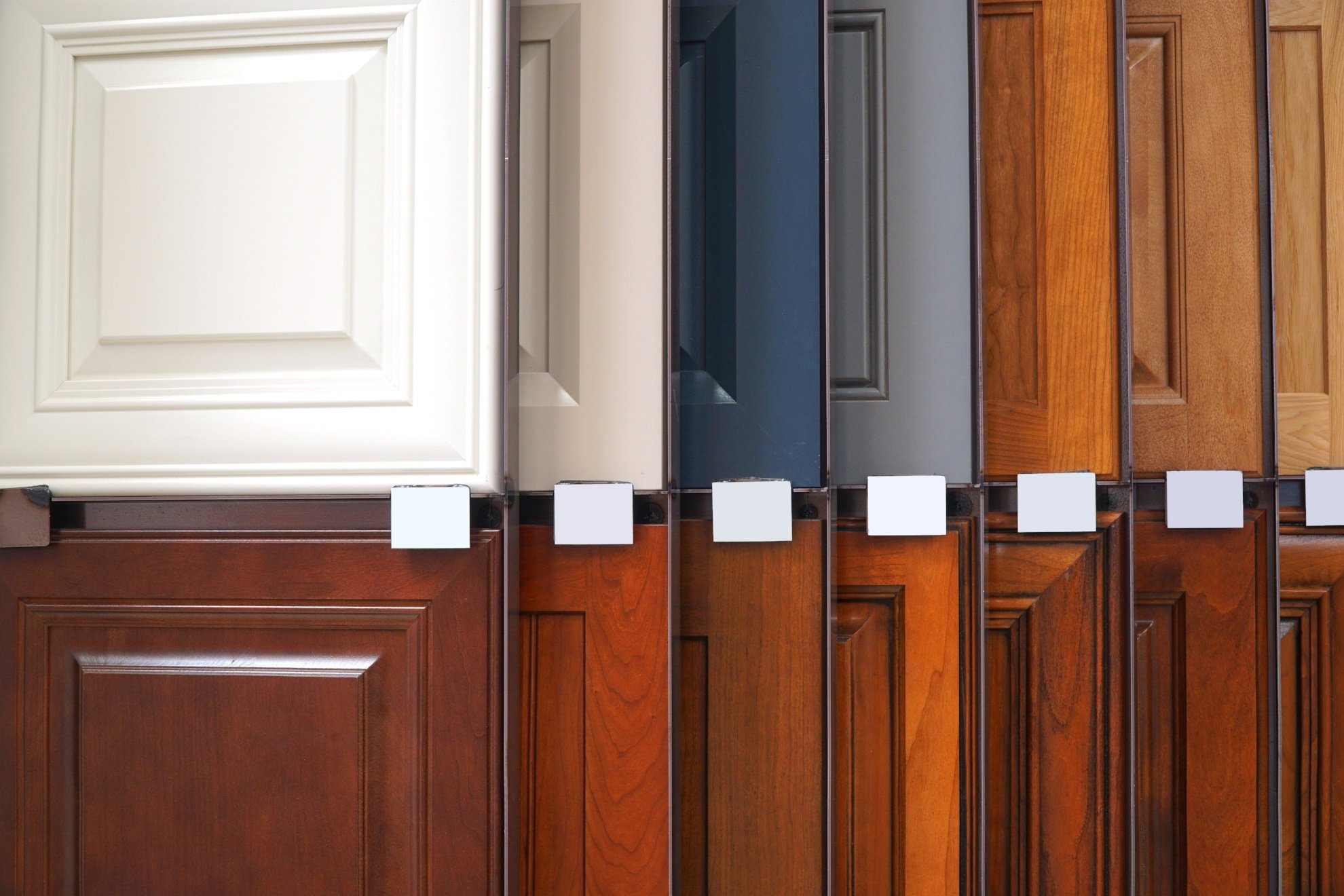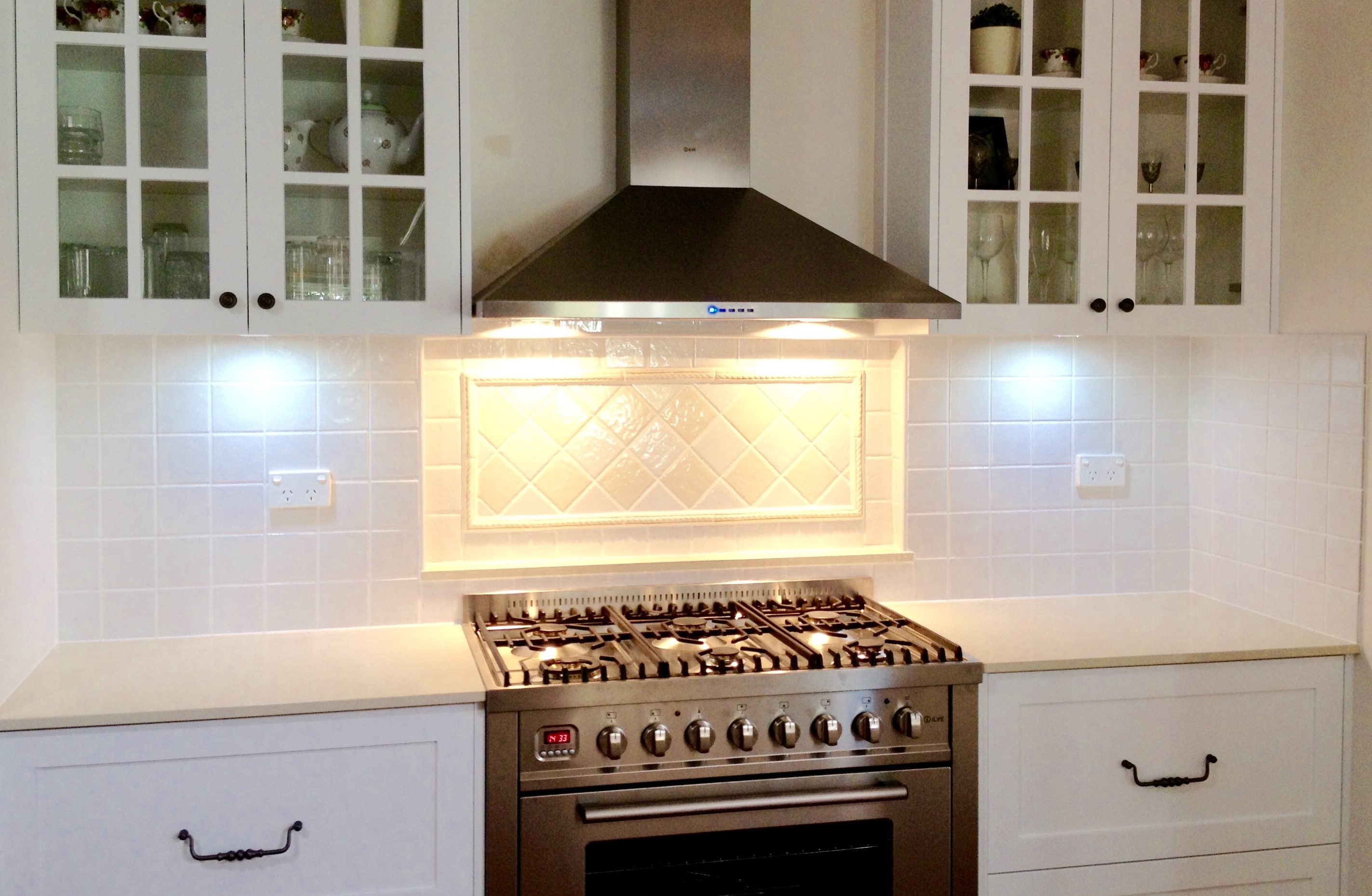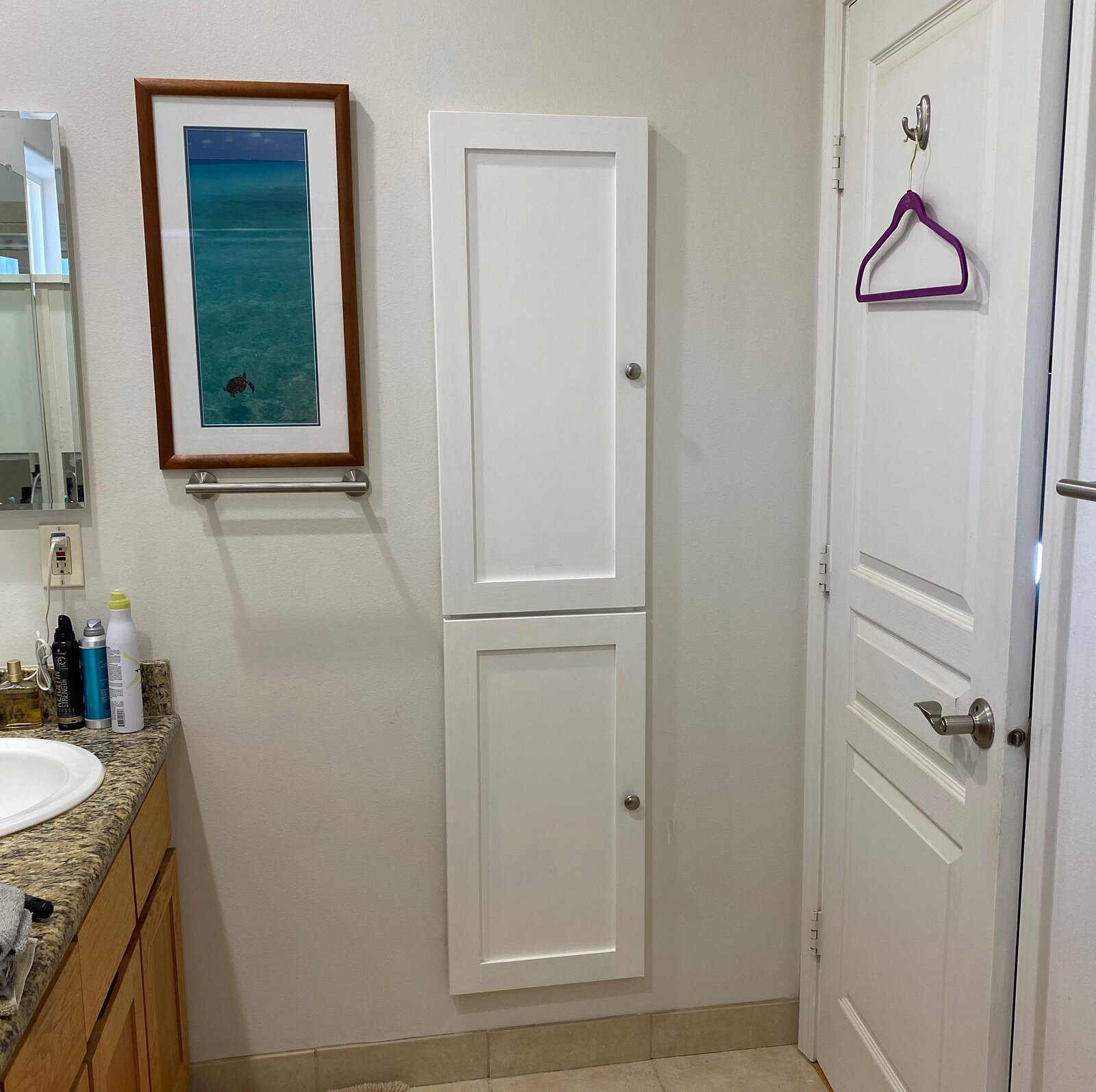Design Aspects of Face Frame Cabinets with Inset Doors

Face frame cabinets with inset doors represent a pinnacle of woodworking craftsmanship, combining robust construction with elegant aesthetics. The precise fit and finish of inset doors create a clean, sophisticated look that elevates any kitchen or bathroom. This detailed examination explores the design aspects of this style, from construction techniques to installation processes and aesthetic considerations.
Cabinet Construction Techniques
The construction of face frame cabinets with inset doors relies on meticulous joinery and precise assembly. The face frame, a structural framework surrounding the cabinet box, provides strength and stability. This frame is typically constructed using mortise and tenon joints, dowel joints, or a combination of both, ensuring a strong and durable connection between the vertical stiles and horizontal rails. The cabinet box itself is often built using rabbet joints or dadoes for the sides, back, and shelves, creating a robust structure to support the inset doors. Careful attention is paid to squareness and accuracy during assembly to ensure proper alignment of the face frame and cabinet box.
Wood Types for Face Frame Cabinets, Face frame cabinets with inset doors
The choice of wood significantly impacts the durability, cost, and appearance of the cabinets. Different wood species offer varying properties, making some more suitable than others for this demanding application.
| Wood Type | Durability | Cost | Appearance |
|---|---|---|---|
| Red Oak | High | Medium | Classic, warm tones |
| Maple | High | Medium-High | Clean, light color, versatile |
| Cherry | High | High | Rich, reddish-brown tones, ages beautifully |
| Pine | Medium | Low | Soft, light color, easily customizable |
Inset Door Installation
Installing inset doors requires precision and patience. Proper alignment and gap management are crucial for a professional finish. The following steps Artikel the process:
Face frame cabinets with inset doors – Precise installation of inset doors requires careful planning and execution. The tools needed include a measuring tape, level, square, chisel, and clamps. Accurate measurements are paramount to ensure proper fit and alignment.
- Precise Measurement: Accurately measure the cabinet opening to determine the exact dimensions for the door.
- Door Preparation: Ensure the door is properly finished and any necessary hardware is installed.
- Temporary Installation: Carefully position the door within the cabinet opening, ensuring it is level and plumb.
- Gap Adjustment: Use shims to create consistent gaps between the door and the cabinet frame.
- Securing the Door: Once the alignment is perfect, secure the door using appropriate hinges.
- Final Inspection: Check for proper alignment, gap consistency, and smooth operation.
Inset vs. Overlay Doors: Aesthetics and Functionality
Inset doors, where the door sits within the cabinet frame, offer a clean, minimalist aesthetic. Overlay doors, where the door covers a portion of the cabinet frame, are more common and generally easier to install. The choice between inset and overlay doors significantly impacts the overall look and feel of the cabinets. Inset doors create a more traditional, sophisticated appearance, while overlay doors offer a more contemporary, streamlined look. The selection of door styles, such as raised panel or flat panel, further influences the overall design. Raised panel doors add a touch of elegance and visual interest, while flat panel doors offer a clean, modern aesthetic. Functionality is also a consideration; inset doors can be more challenging to install and may require more precise measurements, but they create a more refined and timeless look.
Material Selection and Finishes for Face Frame Cabinets with Inset Doors

The choice of materials and finishes significantly impacts the longevity, aesthetic appeal, and overall cost of face frame cabinets with inset doors. Careful consideration of these aspects is crucial for achieving a high-quality, durable, and visually pleasing result. This section will explore various wood species, finishing techniques, and hardware options, providing a comprehensive guide for informed decision-making.
Wood Species Selection for Face Frame Cabinets
Several wood species are commonly used in cabinet construction, each offering a unique combination of properties. Hardwoods generally offer superior durability and aesthetic appeal compared to softwoods, although they come at a higher cost. The choice depends on budget, desired look, and the cabinet’s intended use.
Oak: A classic choice known for its strength, durability, and beautiful grain patterns. Red oak is more affordable than white oak, which is prized for its tighter grain and greater resistance to moisture. Oak accepts stains well, offering a wide range of finishes.
Maple: A hard, dense wood with a fine, even grain, maple is highly resistant to scratches and dents. It is available in various colors, from creamy white to reddish hues. Maple is often preferred for its clean, contemporary look.
Cherry: A rich, warm-toned hardwood with a distinctive grain pattern. Cherry darkens beautifully with age, developing a deeper, richer color over time. It is relatively easy to work with and accepts stains well.
Pine: A softwood that is significantly more affordable than hardwoods. While less durable, pine is easily worked and accepts paint well. Knots and variations in color are common, contributing to its rustic charm.
Finishing Techniques for Face Frame Cabinets
The finish significantly affects the cabinet’s appearance, durability, and maintenance. Painting, staining, and lacquering are common methods, each with its own advantages and disadvantages.
Cabinet Painting
Painting offers a wide range of color options and provides a durable, easily cleanable surface. The process involves careful surface preparation, including sanding and priming, followed by multiple coats of paint. A high-quality paint and proper application techniques are crucial for a professional-looking finish.
Cabinet Staining
Staining enhances the wood’s natural grain and color. It requires meticulous preparation to ensure even color penetration. Different stains offer varying levels of transparency and color intensity. A topcoat, such as polyurethane, is necessary to protect the stain and enhance durability.
Cabinet Lacquering
Lacquer provides a hard, durable, and glossy finish. It dries quickly and offers excellent protection against scratches and moisture. Lacquer is often sprayed on for an even, professional finish. Proper ventilation is essential during application.
Hardware Options for Inset Doors
Hardware selection plays a vital role in both the functionality and aesthetic appeal of inset doors. The choice depends on personal preference, cabinet style, and budget.
| Hardware Type | Material | Style | Functionality |
|---|---|---|---|
| Hinges | Brass, Nickel, Stainless Steel | European, Full Overlay, Half Overlay | Smooth, quiet operation; concealed or exposed |
| Knobs | Ceramic, Glass, Metal | Traditional, Modern, Rustic | Easy to grip; various sizes and shapes |
| Pulls | Metal, Wood | Bar, Cup, Edge | Ergonomic grip; various lengths and styles |
Customization and Practical Considerations for Face Frame Cabinets with Inset Doors

Face frame cabinets with inset doors offer a timeless elegance and a sophisticated look, but their successful implementation relies on careful planning and precise execution. Understanding customization options and addressing potential installation challenges is crucial for achieving a high-quality, functional result. This section delves into practical considerations and design solutions to ensure your project’s success.
Cabinet Layout Designs
Three distinct cabinet layouts illustrate the versatility of face frame construction with inset doors. These designs showcase how the same fundamental construction technique can be adapted to diverse spaces and needs. Careful consideration of dimensions and functionality is paramount in each design.
- Kitchen Cabinets: A classic U-shaped kitchen layout (10ft x 12ft) features a 36-inch-deep countertop run along one wall, incorporating a 30-inch-wide sink base cabinet, a 36-inch-wide dishwasher cabinet, and a 48-inch-wide range cabinet. The adjacent wall features a 96-inch-long run of base cabinets with varying widths (24-inch, 30-inch, and 36-inch) to accommodate storage needs. Upper cabinets are 12 inches deep and follow the same layout, with a total height of 36 inches. All cabinets are constructed with a 1.5-inch-thick face frame and feature inset doors with a 1/4-inch reveal. The island, measuring 48 inches by 48 inches, incorporates a 36-inch-high countertop and storage cabinets. A 1/2-inch plywood is used for the cabinet boxes.
- Bathroom Vanity: A double bathroom vanity (60 inches wide x 22 inches deep x 34 inches high) features two 30-inch-wide cabinets separated by a center divider. Each cabinet has one inset door and two drawers below. The face frame is 1.25 inches thick, using solid maple wood. The inset doors have a 3/16-inch reveal. The countertop is 2 inches thick and made of marble.
- Media Console: A low-profile media console (72 inches wide x 18 inches deep x 24 inches high) features three inset doors and two open compartments for electronics. The face frame is 1 inch thick and made of stained oak. The inset doors have a 1/8-inch reveal. The cabinet uses 3/4-inch plywood for the boxes. Internal shelving is adjustable for customized media storage.
Door Alignment and Installation Issues
Achieving perfect door alignment is essential for the aesthetic appeal and functionality of inset doors. Common issues, such as uneven gaps or sticking doors, often stem from inaccuracies during installation. Careful attention to detail during assembly and the use of appropriate tools and techniques are crucial.
Uneven gaps can be addressed by carefully adjusting the hinges. Slight adjustments to the hinge screws can often correct minor misalignments. Sticking doors frequently result from improper door fitting or swelling due to moisture. Planing or sanding the offending areas can resolve this, but careful measurement is crucial to avoid creating further problems. In some cases, shims may be needed to level cabinets prior to door installation.
Revised Article Content (Excerpt)
The inherent craftsmanship of face frame cabinets with inset doors elevates any space. The precise fit of the inset doors within the frame creates a clean, sophisticated look that transcends fleeting trends. The sturdy face frame provides structural integrity, ensuring the longevity of your cabinets. Choosing the right wood—be it the warmth of cherry, the classic elegance of maple, or the rustic charm of oak—infuses your design with personality. The finish, whether a sleek lacquer, a warm stain, or a painted surface, adds the final touch, reflecting your unique style. Careful planning, precise measurements, and attention to detail during installation are paramount to realizing the beauty and functionality of these timeless cabinets. The result is a testament to quality, enduring elegance, and personalized style.
